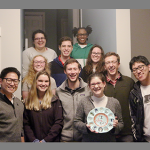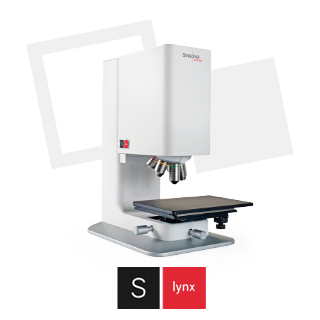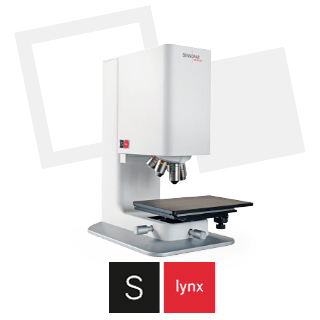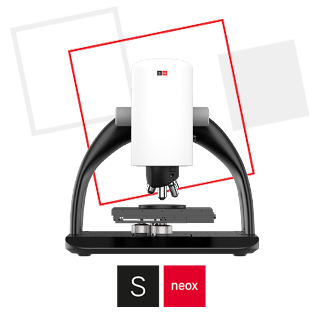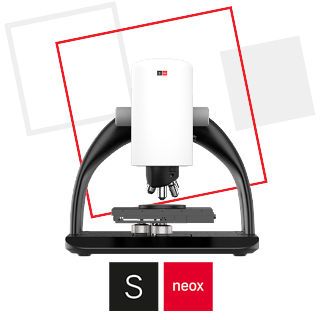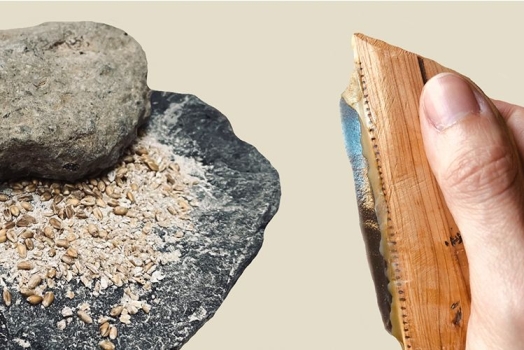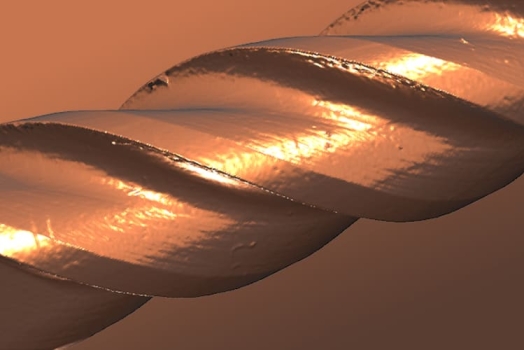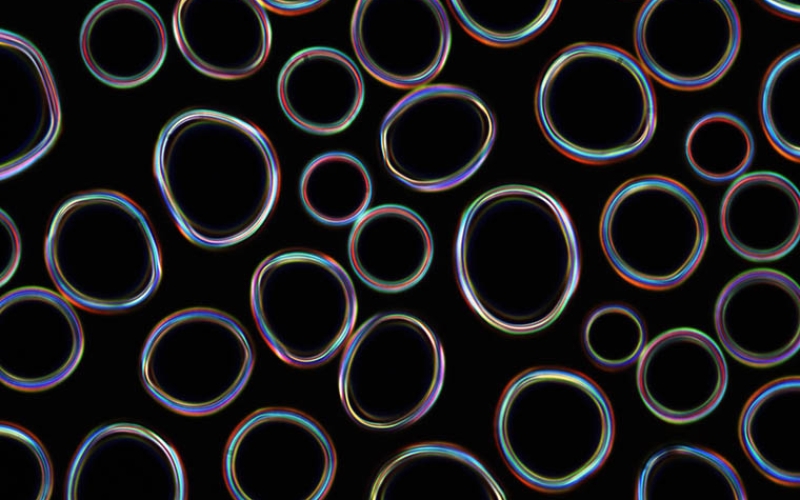
Characterization of surfaces that generate structural color by total internal reflection
The Department of Chemistry at Penn State offers excellence in the chemical sciences through a vibrant and collaborative academic community.
Sensofar worked closely with us to choose the specific profilometer and add-on options that worked best for specific samples and imaging needs
Our research involves the design of microstructures that generate interference colors. Our first report of this optical mechanism appeared in Goodling, A. E., et al. (2019). “Colouration by total internal reflection and interference at microscale concave interfaces.” Nature 566(7745): 523-527. Light bounces by total internal reflection within the microstructures and optical interference occurs between light rays undergoing different paths of reflection.
We design microstructured surfaces to control the reflection of the light and the colors produced. We need to measure the surface topography to be able to correlate optical properties with the surface geometries. The geometries of the microstructures, such as their depth, width, angles, and surface roughness impact the optical properties. We use the optical profilometer to characterize the surface profiles of the microstructures and the uniformity across the surface. Sometimes our structures have steep angles, so being able to use different modes of surface profiling is important to get the most accurate determination of the microstructure geometry.
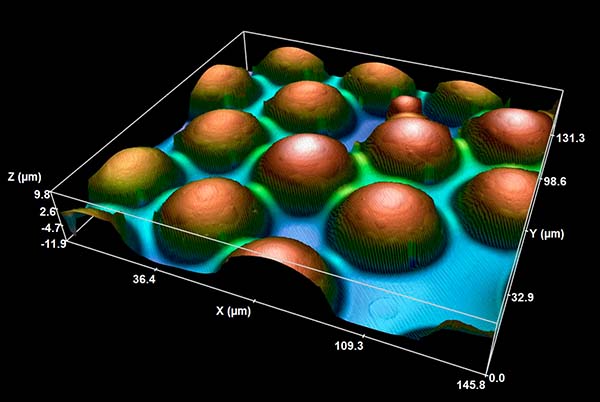
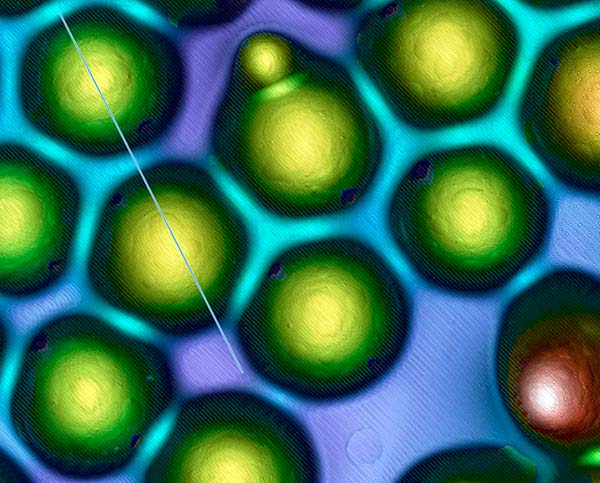

Using the profilometer, we have been able to image our microstructured surfaces with high spatial resolution in XYZ to yield important information regarding the surface roughness of our samples, reproducibility after structural replication, and variation across the surface that may impact the optical properties.
Sensofar’ S lynx profilometer was the best option for us because of the versatility in imaging modes available. Sometimes we need high accuracy in the height distribution across the surface and choose to use white light interference. Other times we need to get information on the sidewalls of the microstructures that have relatively steep angles, so confocal imaging is better. By choosing to use Sensofar’ S lynx, we have access to both of these imaging modalities which means we can get even more information about our sample than just using a confocal profiler or white light interferometer on its own. Sensofar worked closely with us to choose the specific profilometer and add-on options that worked best for specific samples and imaging needs.
References
-
- Goodling, A. E., et al. (2019). Colouration by total internal reflection and interference at microscale concave interfaces. Nature 566(7745): 523-527.
- Goodling, A. E., et al. (2020). Tunable and Responsive Structural Color from Polymeric Microstructured Surfaces Enabled by Interference of Totally Internally Reflected Light. ACS Materials Letters 2(7): 754-763.


